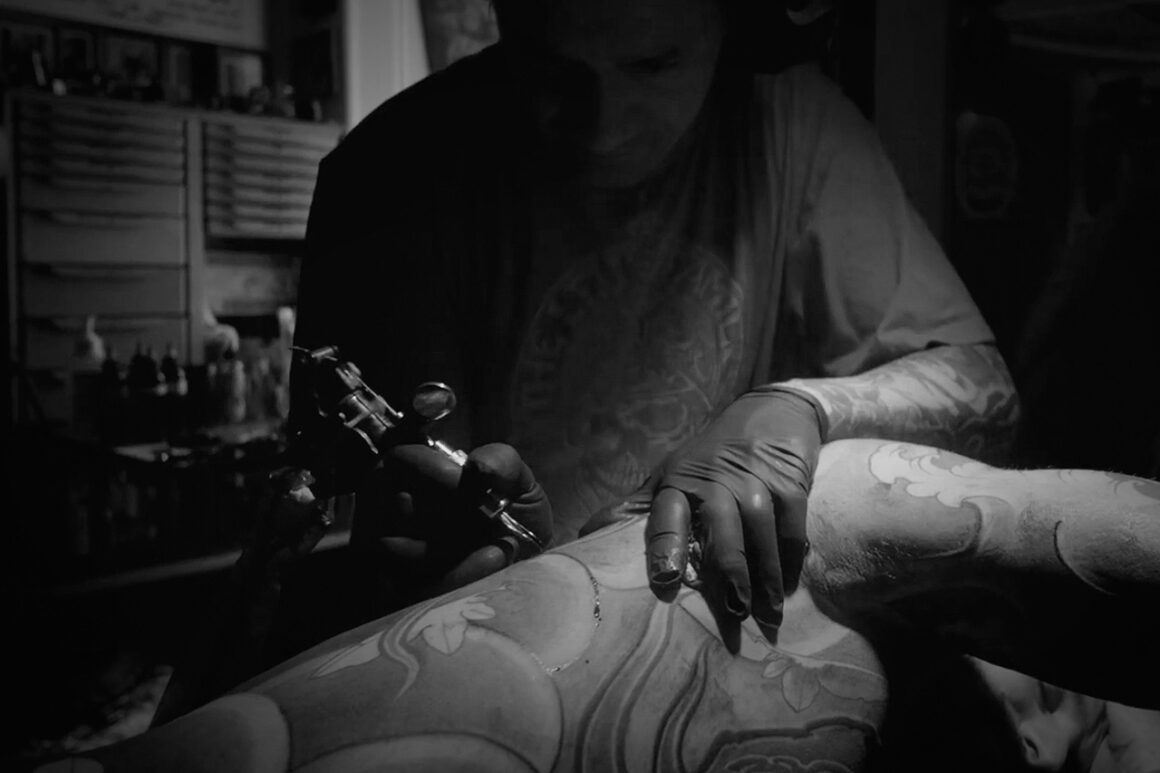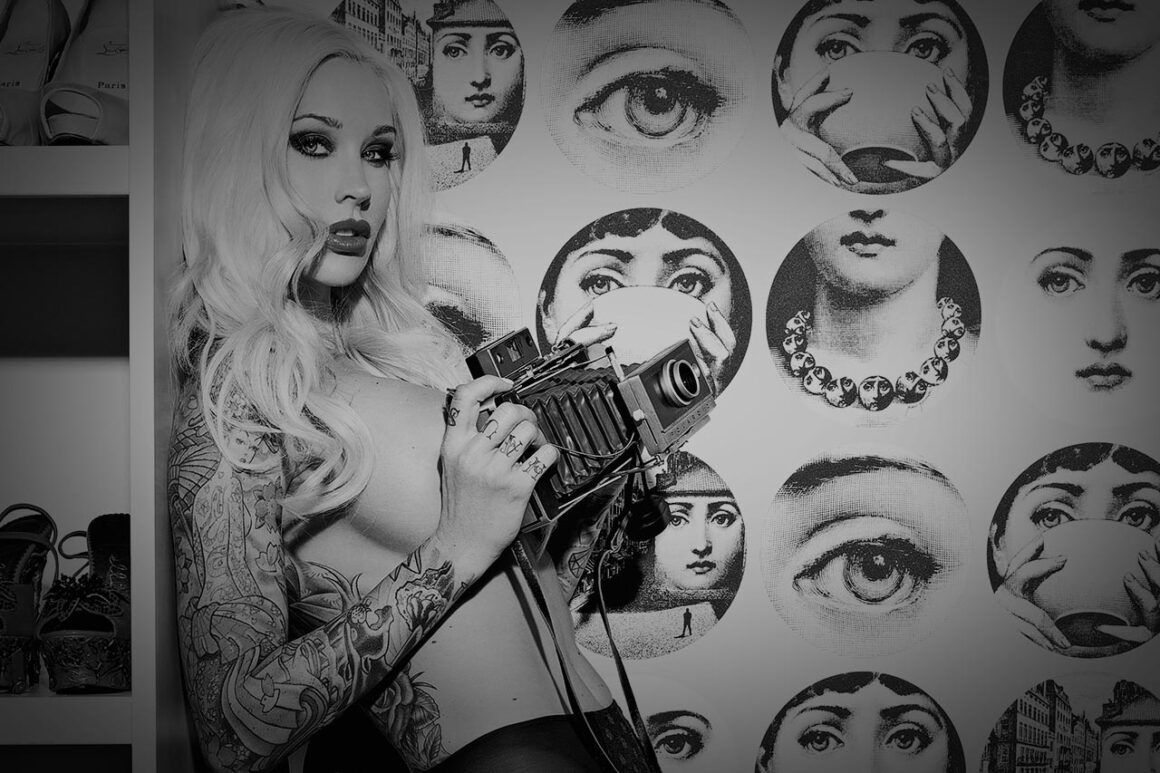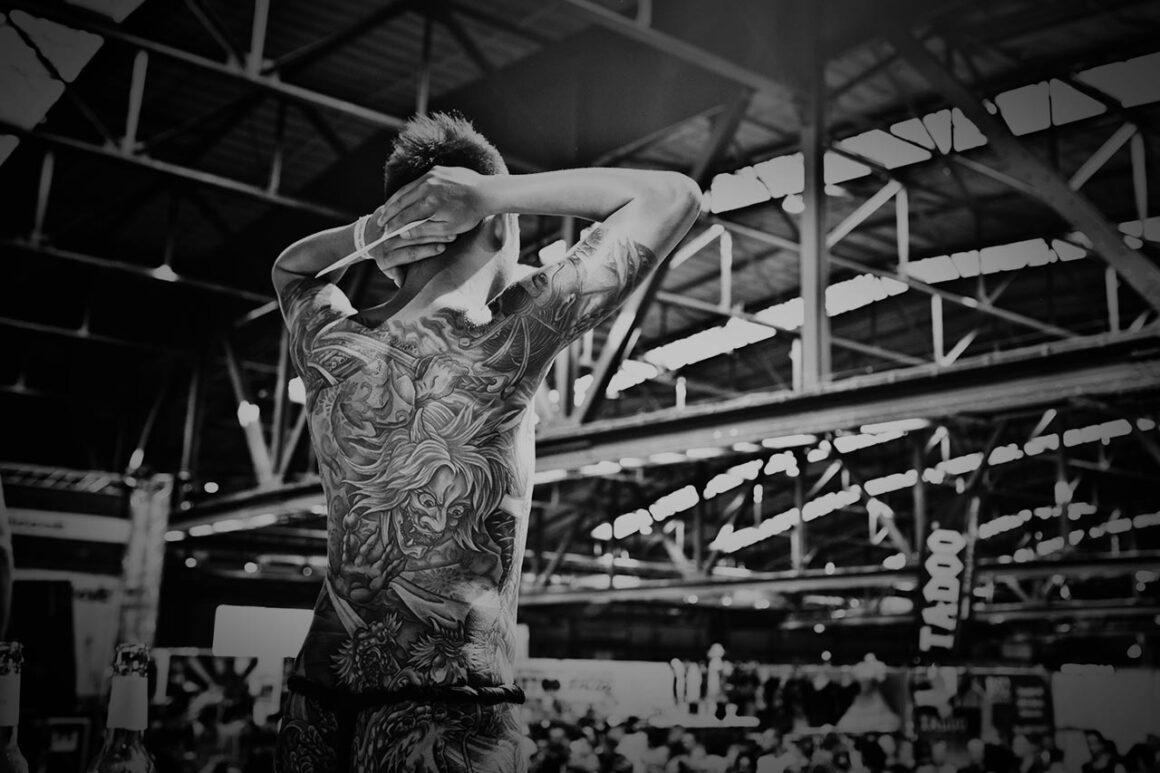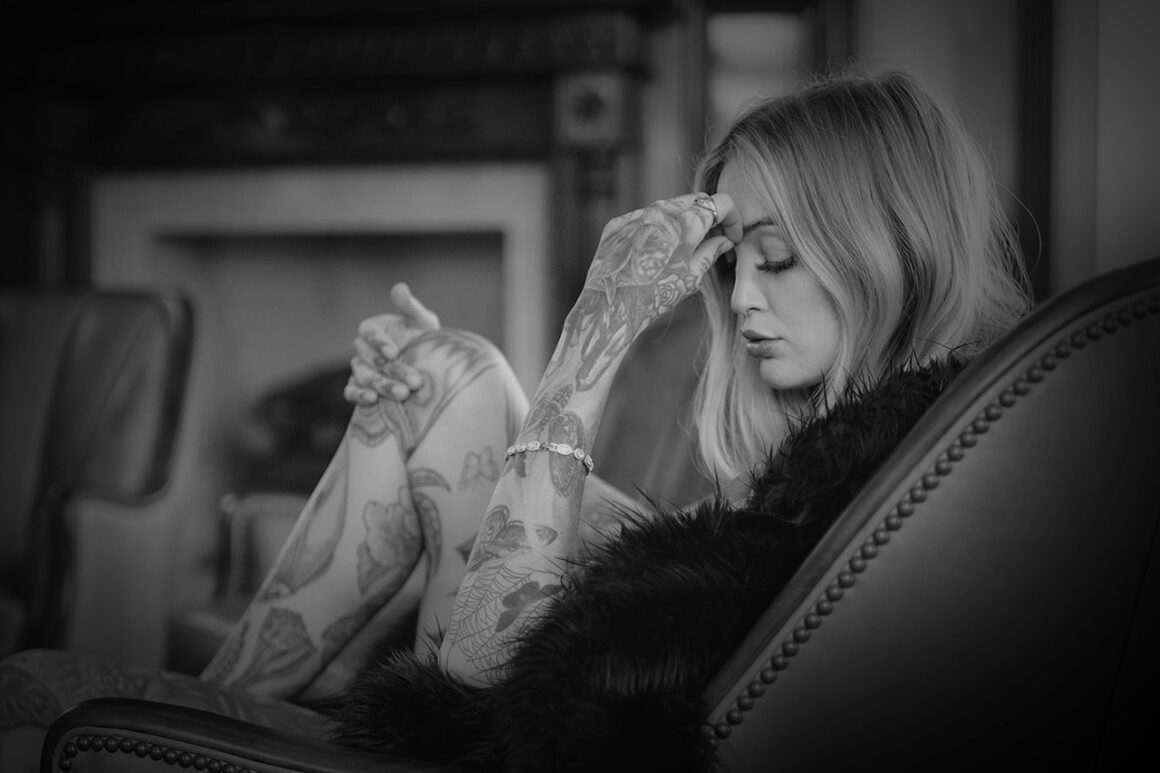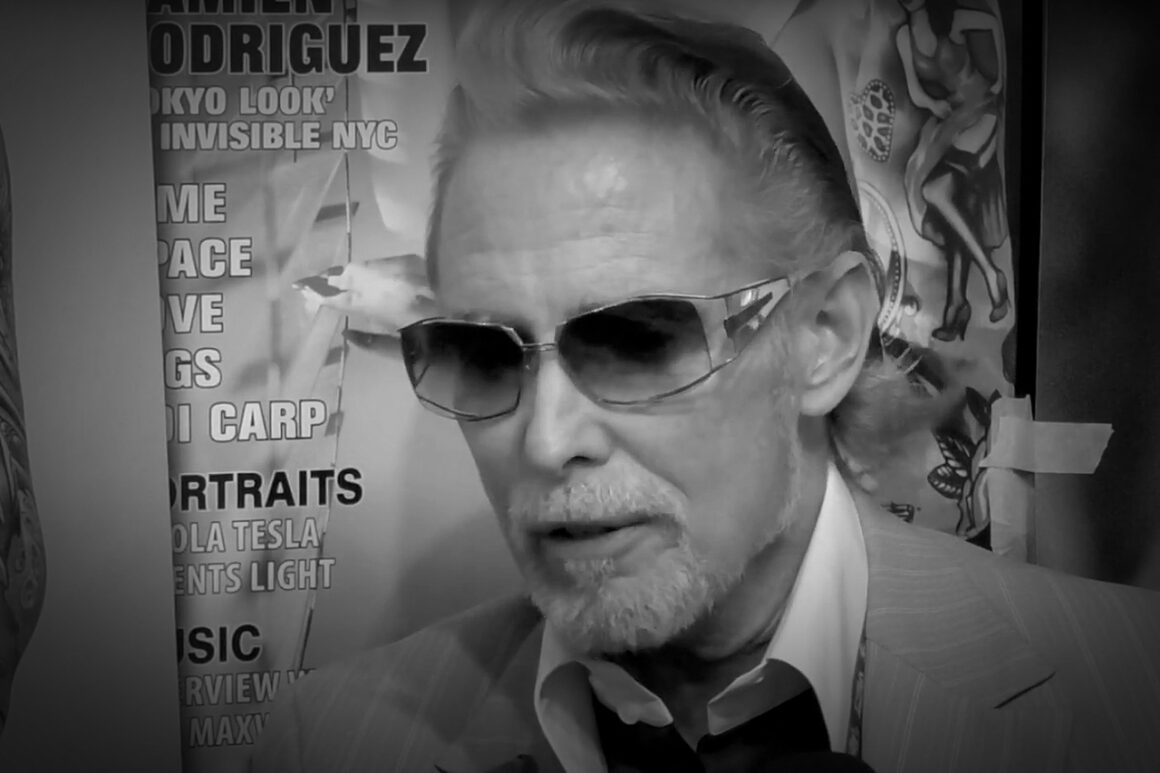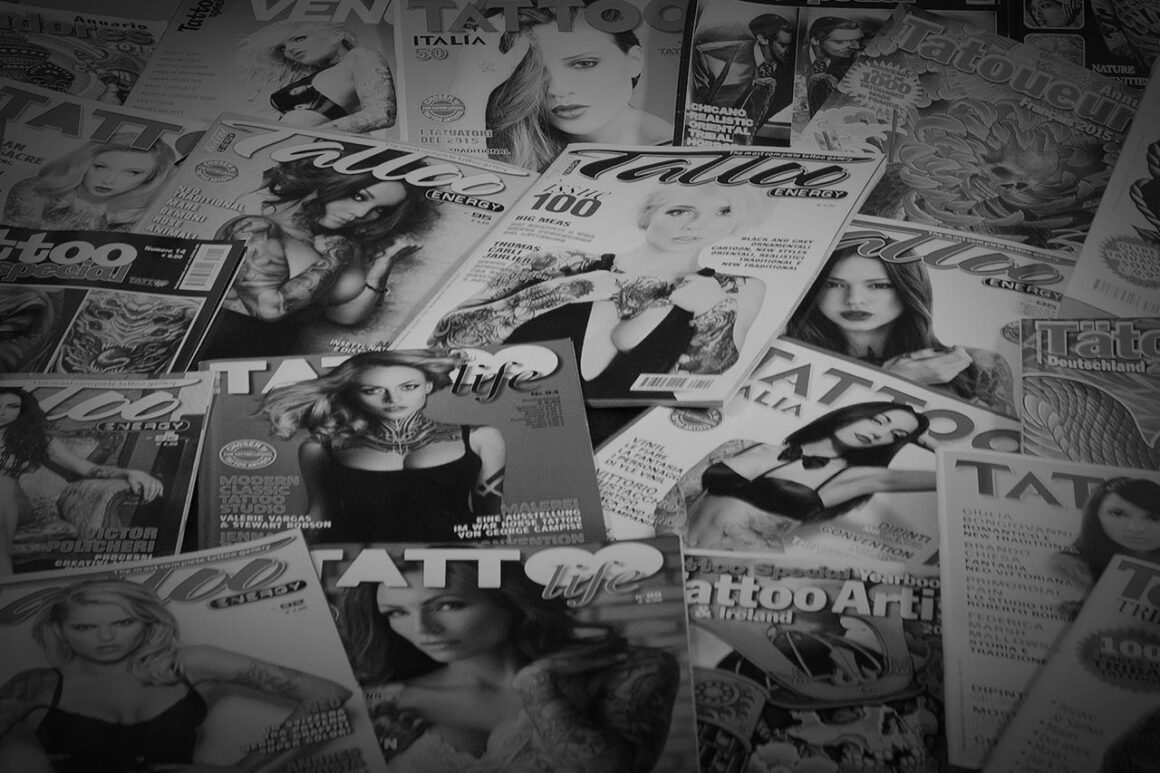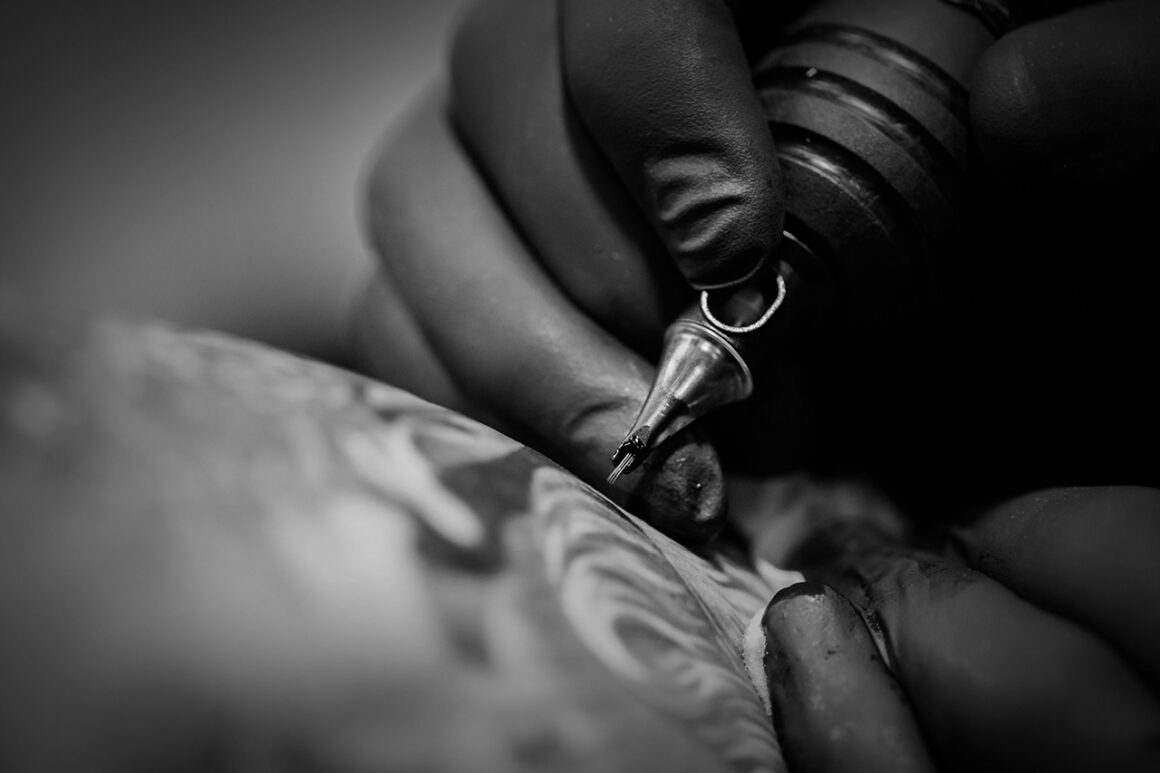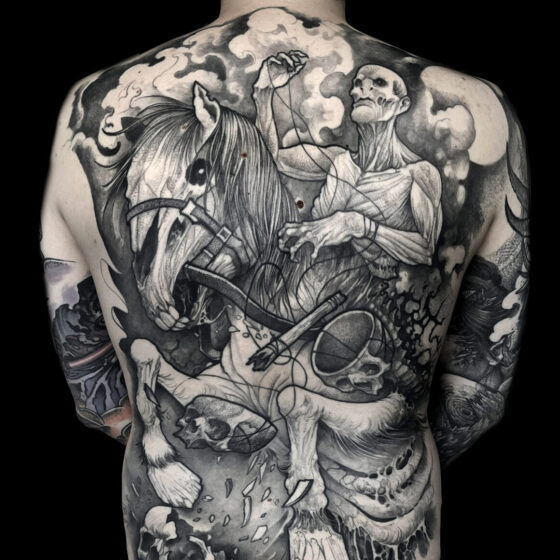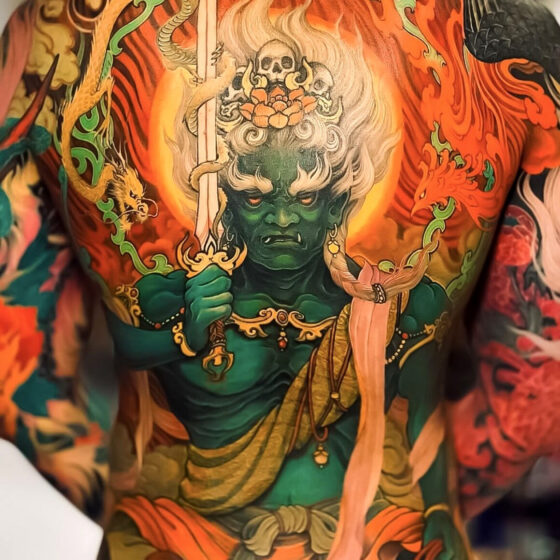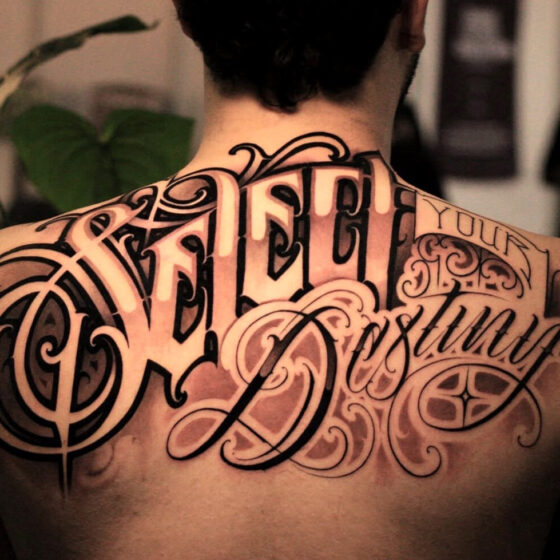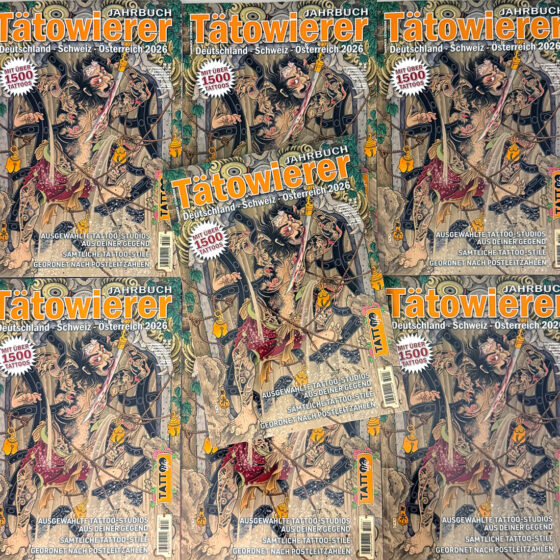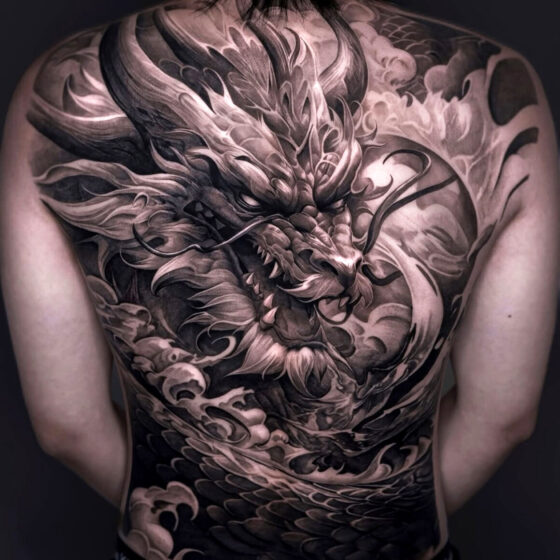The images we present in this article were taken by the British photographer Sam Gregg. A dry-edged portraitist, Sam aims to capture – in a single shot – the entire existence of the person he portrays.
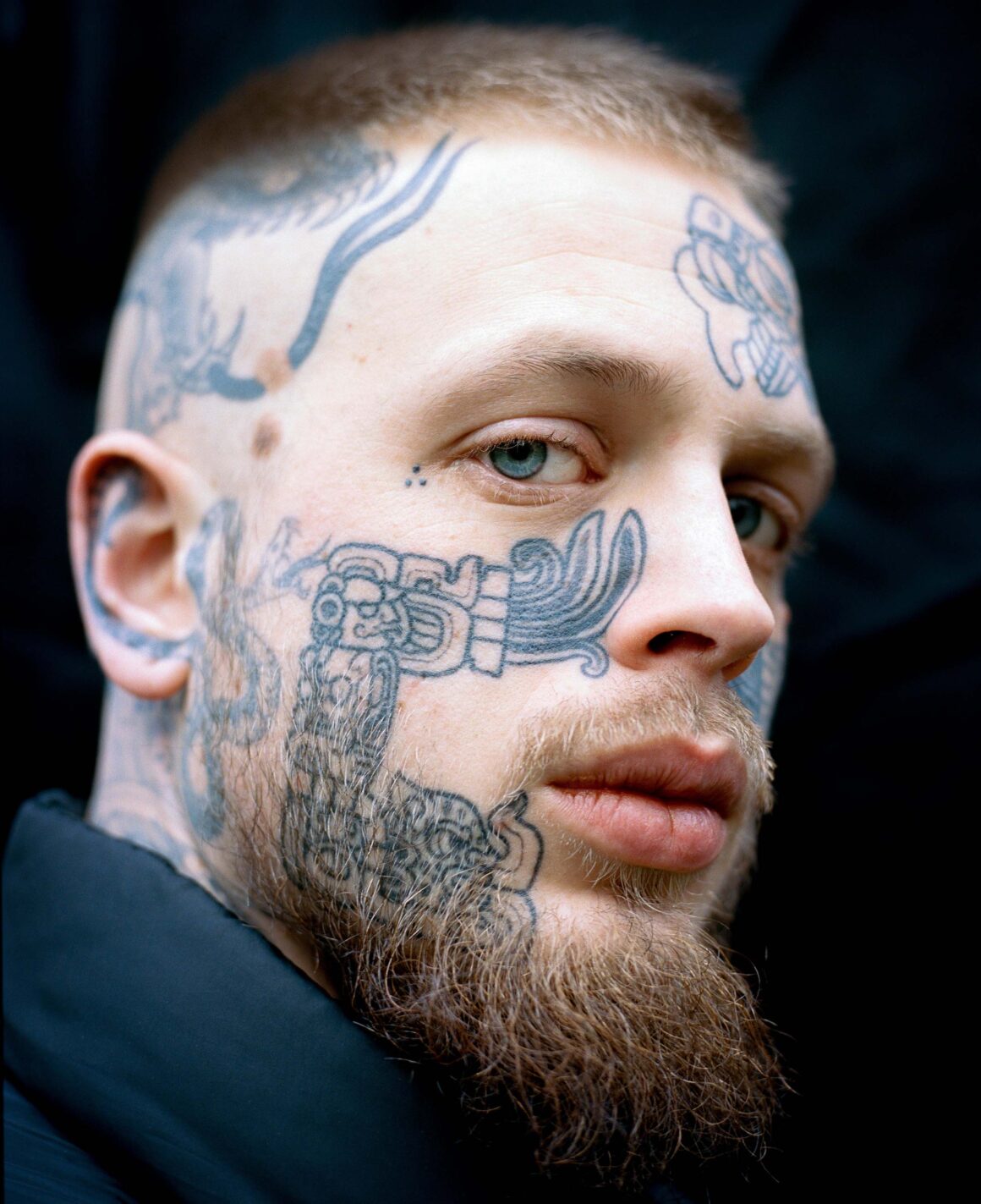
He defines himself as an outcast, a weird person, always tending to gravitate to the margins of society to meet and get to know people who are fiercely proud to be different. Tattoo intersects with his photography as a visual expression of personal stories of a life lived to the full, deep and powerful, with bold contours and rough lines. It is not the aesthetic beauty of the design that interests Sam, but the symbolic value which every single tattoo of this kind carries with it.
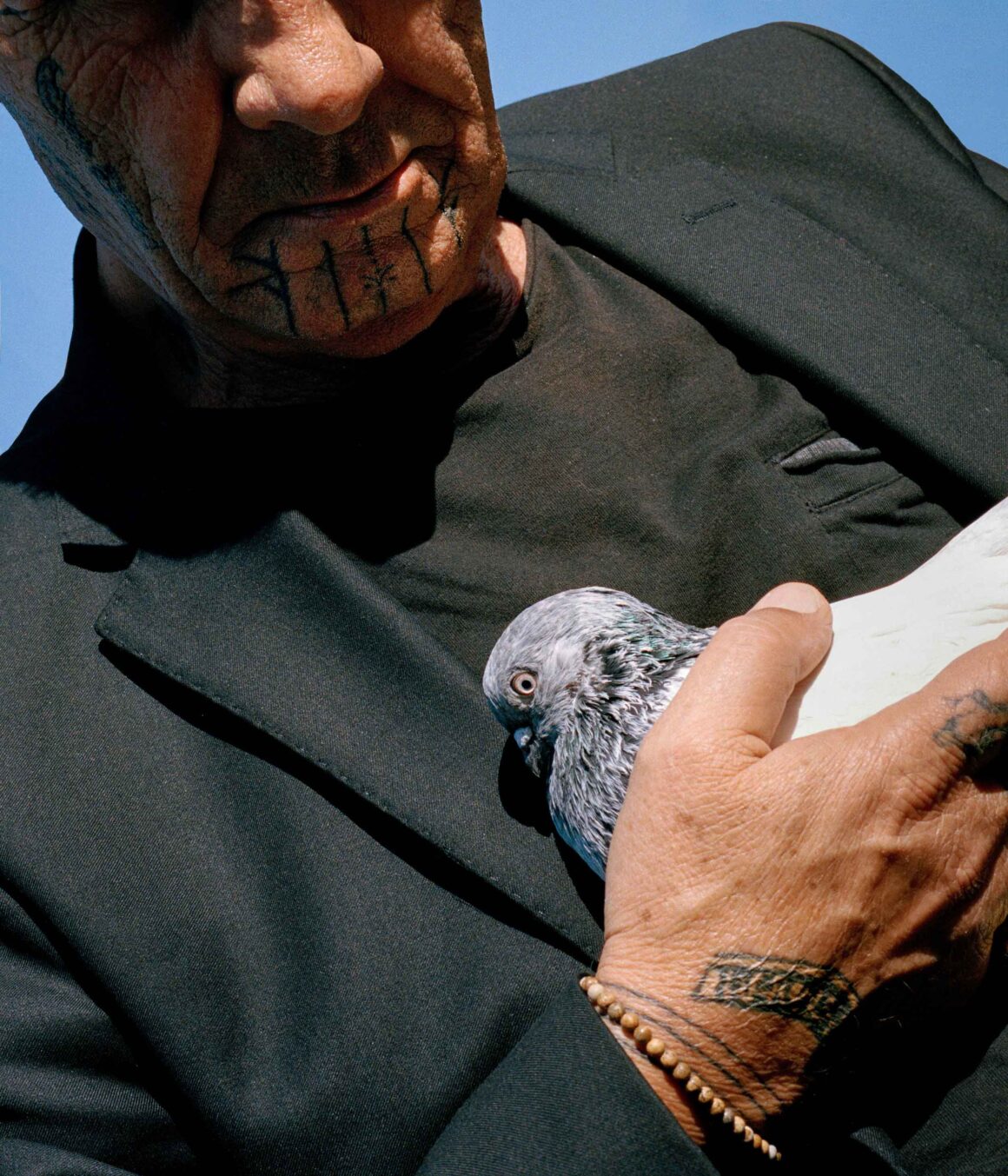
For him it is a keyhole through which he can look into the soul of the person he portrays and just “click” when that person truly reveals themselves. “Tattoos fascinate me because I’m interested in psychology. In fact I almost see myself as half photographer half psychologist. I’m constantly observing and analysing people. Photography is merely a way for me to delve into the minds of others”.
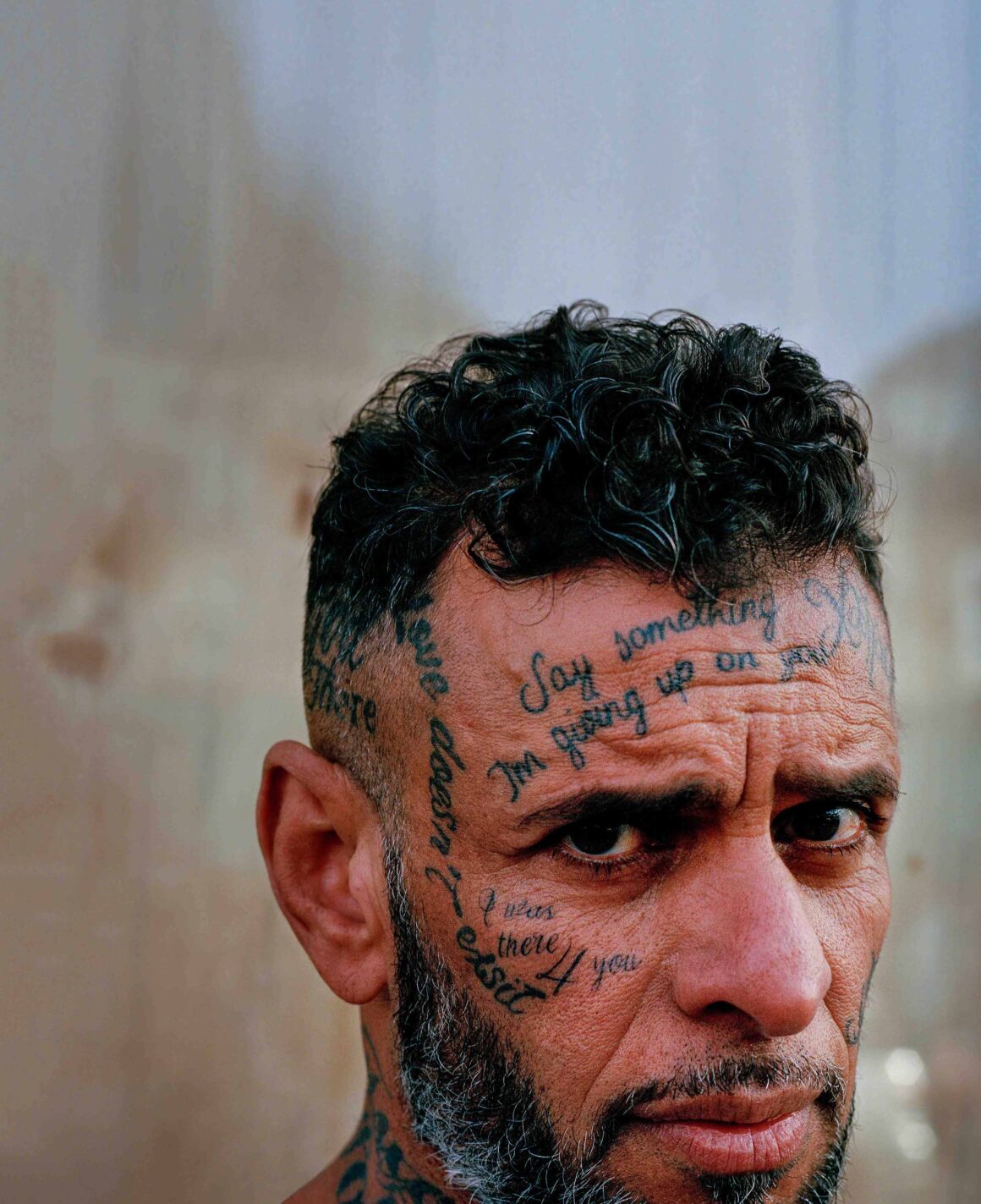
Of all the different projects he has done around the world, we talk with him about one in particular: “See Naples and Die”, a portrait of the inhabitants of four of central Naples’ most historically rich yet at the same time volatile areas – The Spanish Quarter and Rione Sanità, Forcella and Santa Lucia. It is a documentation of the spirit and vibrancy of the people who live in these areas who remain steadfast even in the face of adversity. As he tells us in this interview exclusive to Tattoo Life.
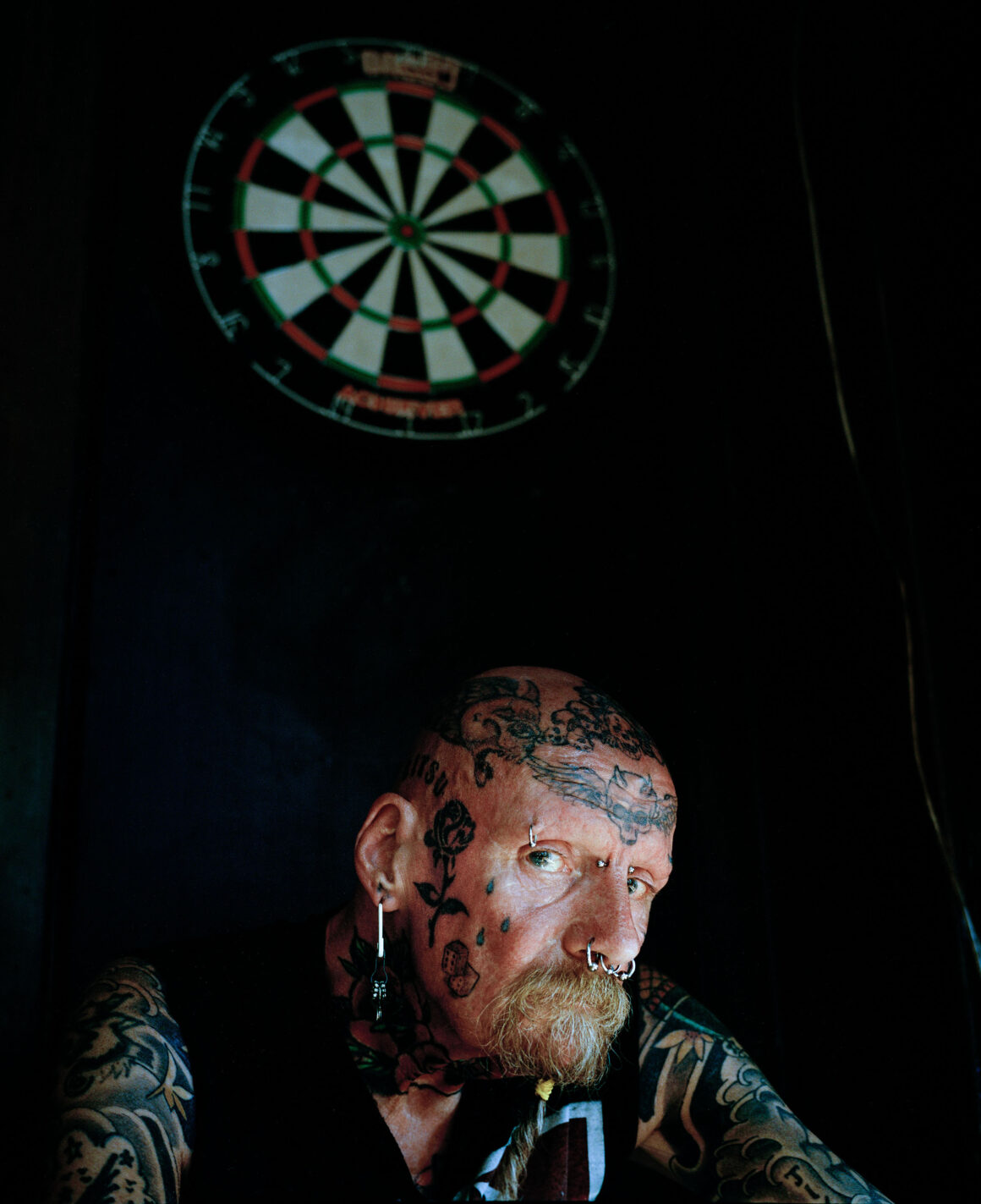
Hi Sam thanks for this interview. Let’s get right into our chat. Where does your interest in this kind of photography, focused on “outsiders” and on portraits of particular people, come from?
I’ve always felt like an outcast; I’ve always been the weird one. For most of my twenties I struggled with this and I think that it was one of the causes of my depression and anxiety.
I was always trying my best to fit in, to be someone that I wasn’t, and I wasn’t very good at it. If you look at me I seem pretty normal, but my friends can vouch for my eccentricities.
I gravitate towards outsiders and those who aren’t afraid to stand out because I see myself in them. I feel comfortable around them.
It’s not voyeuristic in the slightest. My biggest fear is normality. I avoid it at all costs.
Photographing outsiders and fringe communities has really helped me to be comfortable with who I am. I’m no longer afraid to be different. In fact I embrace it. I think that’s why I gravitate towards Naples and Neapolitans. The rest of Italy has essentially rejected them. They’re treated as outcasts but are fiercely proud to be different.
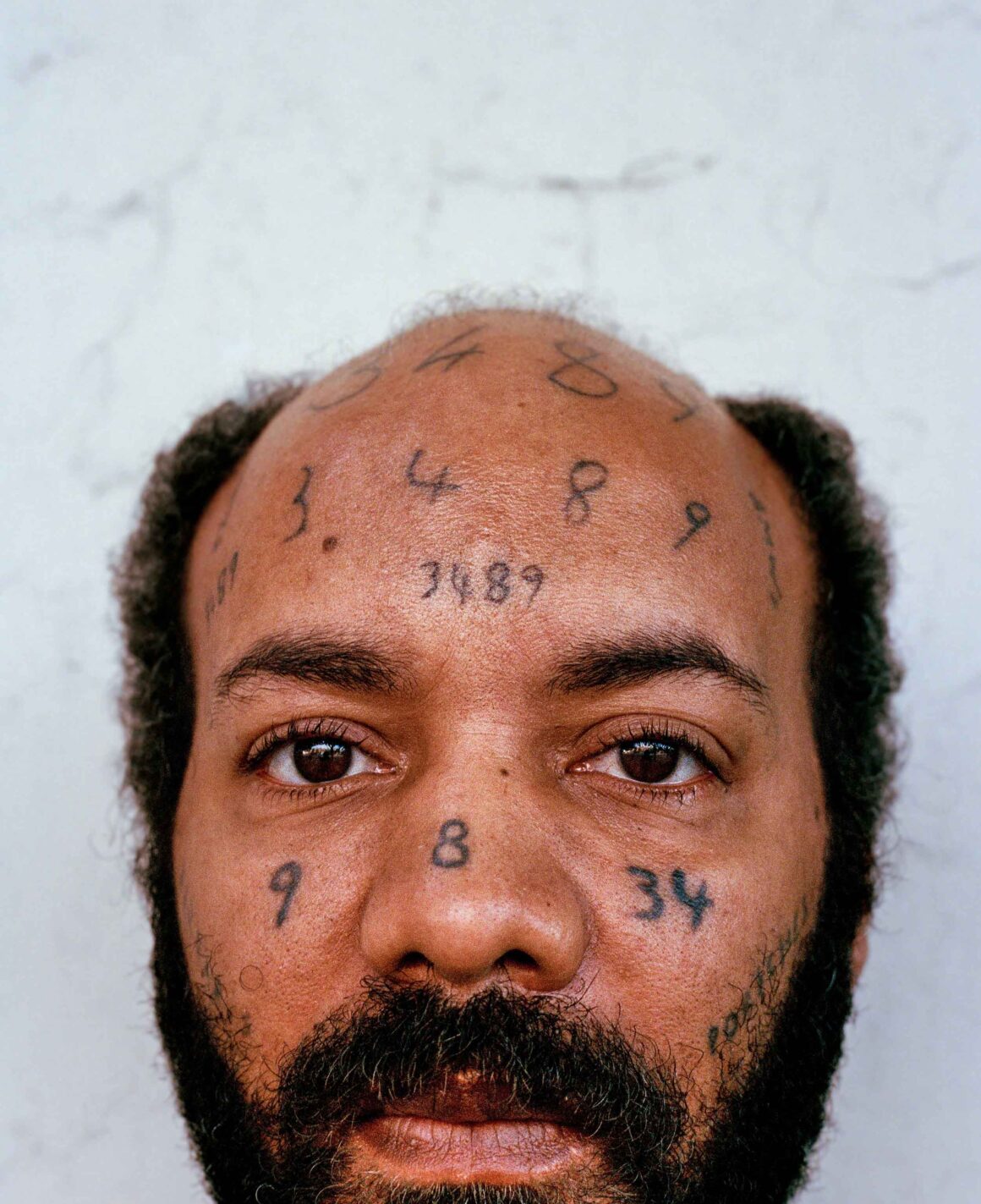
The beautiful images I asked you about are mostly taken from a project called “See Naples and die”. What is it about? Do the characters you portray play like actors you put on your set or are these shots born on the spot, reportage on the field? How was this project born?
See Naples and Die is predominantly a portrait of the inhabitants of four of central Naples’ most historically rich yet contemporarily volatile areas – The Spanish Quarter and Rione Sanità, Forcella and Santa Lucia. It is a documentation of the spirit and vibrancy of the people who live in these areas, who remain steadfast even in the face of adversity. All the characters are individual that I’ve met on the street. Most are shot in the moment with minimal direction.
The project was born from a spontaneous visit in 2014. It was love at first sight.
I visited Naples a few years ago and fell in love with the city. I remember saying to myself ‘before I die I’m going to live in Naples’. At 26 I thought ‘it’s now or never’ so I followed my heart and took the plunge. The bulk of the project took shape during these years.
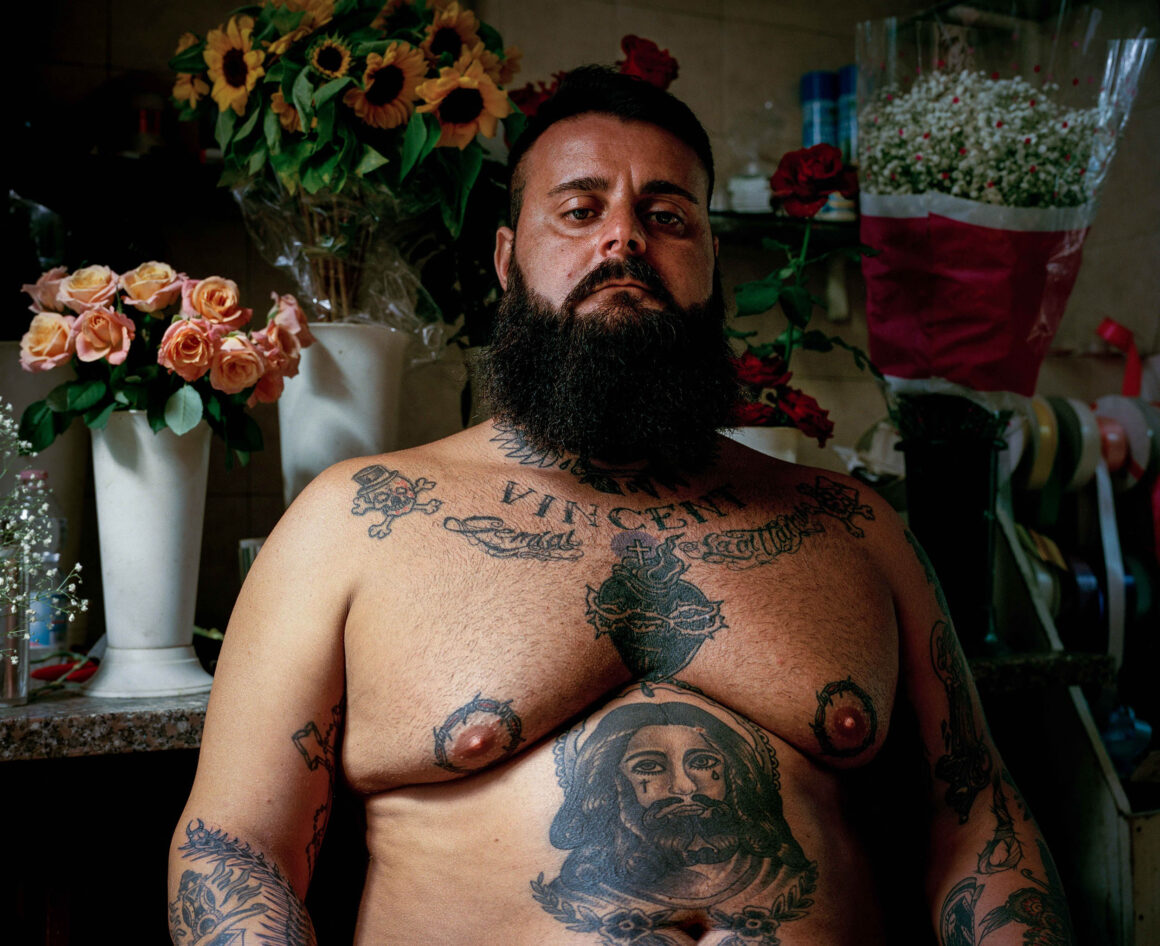
I believe you’re interested in tattooing as a sort of expression that better and more deeply defines the personality of the characters you choose to portray. There seem to be some personal stories presented by you but untold. Is that correct? How did you get in touch with these people?
Yes, tattoos fascinate me because I’m interested in psychology. In fact I almost see myself as half photographer half psychologist. I’m constantly observing and analysing people. Photography is merely a way for me to delve into the minds of others. With every portrait that I take I strive to capture a person’s soul. Tattoos link in with all of this as they are a reflection of a person’s psyche. Their pain, their joy, and all their passions are laid out like a tapestry before my very eyes. As somebody who strives to create emotional images that tell a story, tattoos are a powerful narrative tool.
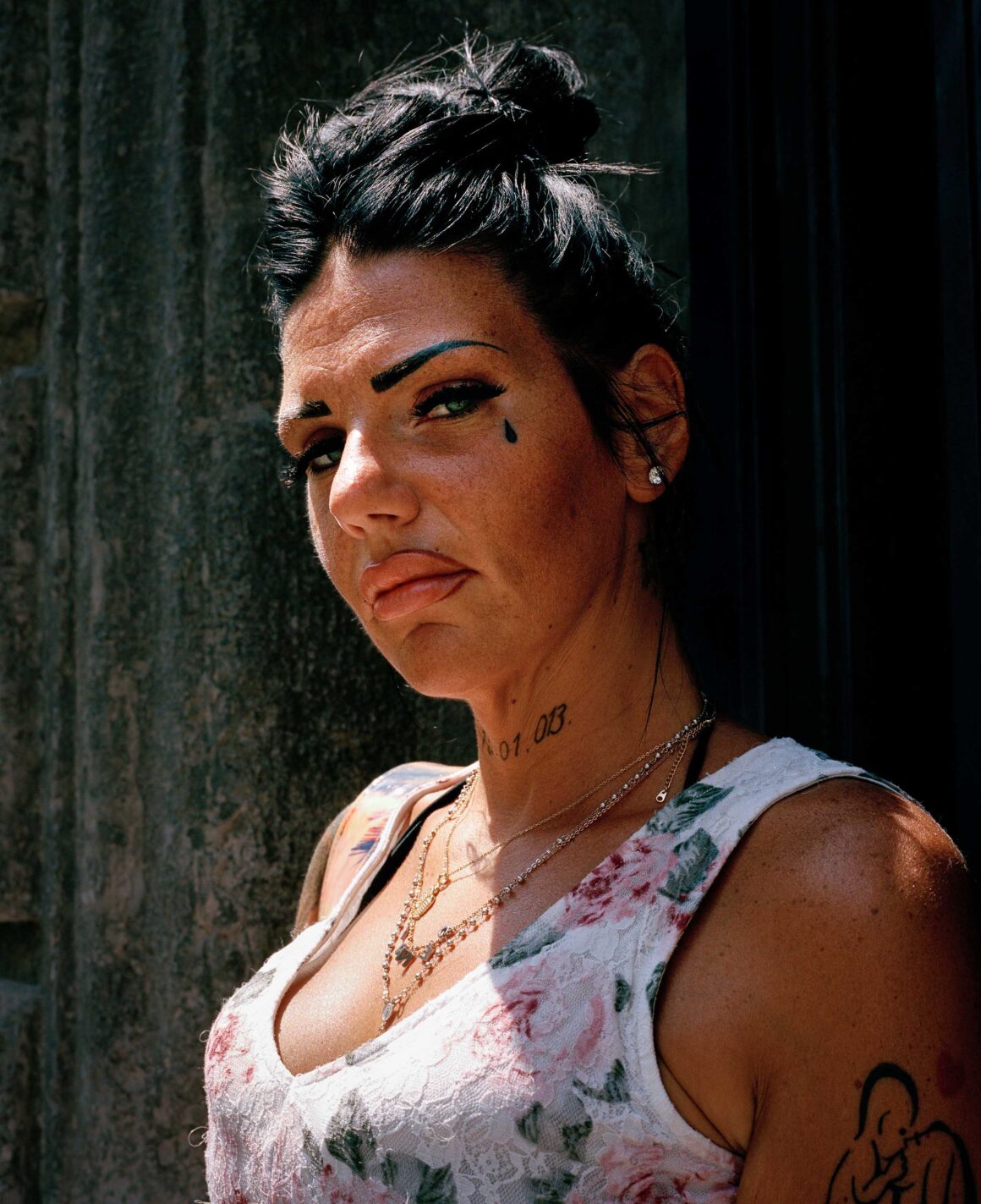
Where do you currently live and how did you become a professional photographer?
I’m currently living in Mexico but I spend most of my time between Naples and London. I started taking photos when I was 23, so 7 years ago now. After university I worked in the film industry for a few years but held a rather uncreative position. I was always surrounded by creativity but never really a part of it, so photography became an outlet for me – my way of taking control. From a professional point of view though I’ve only pursued it full-time for the past couple of years.
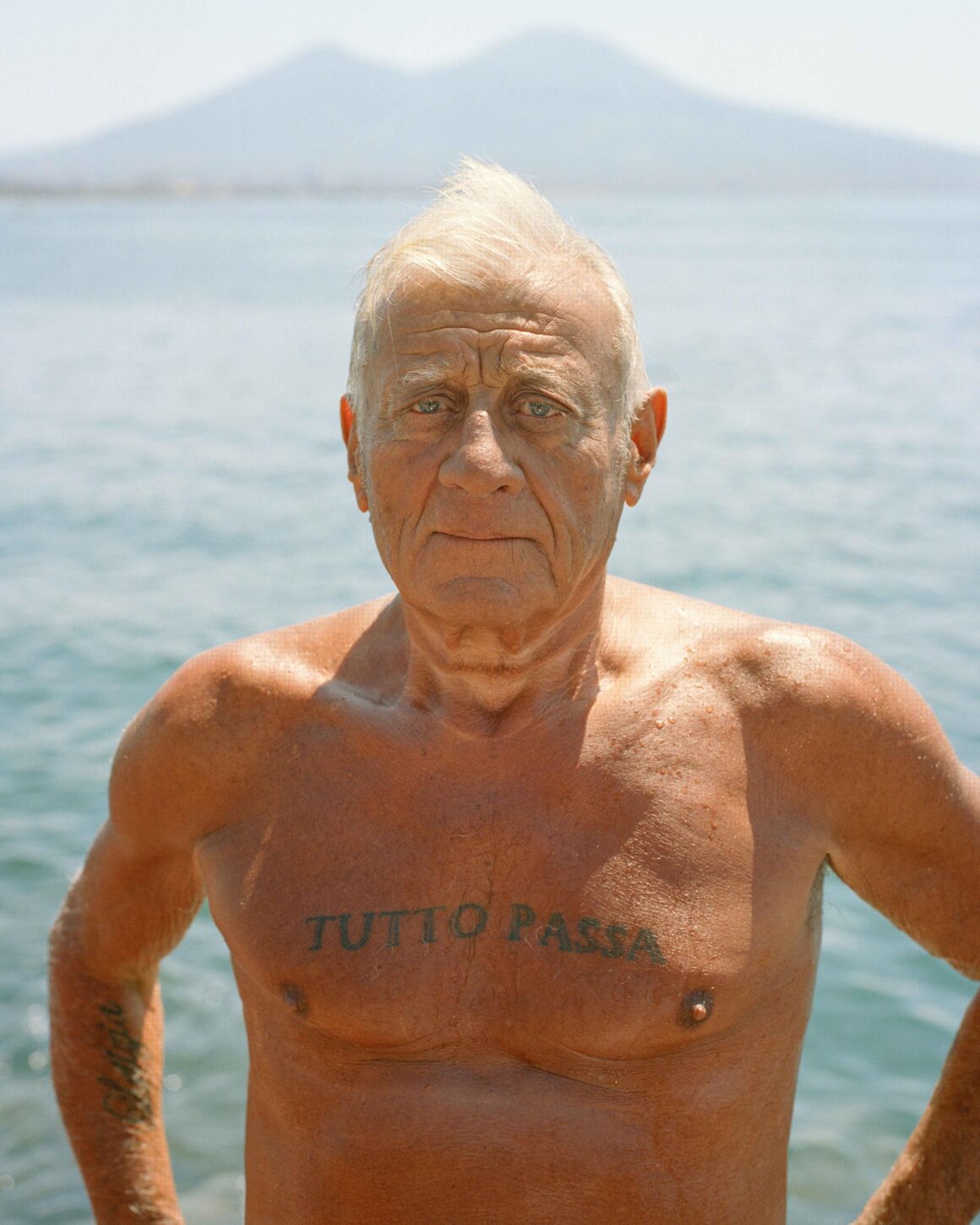
Have you worked on any specific project in this strange period?
I have a couple projects on the go but I’m currently working on a Santa Muerte project in an area of Mexico City called Tepito. It’s very tattoo connected so I’m sure you’ll enjoy it.
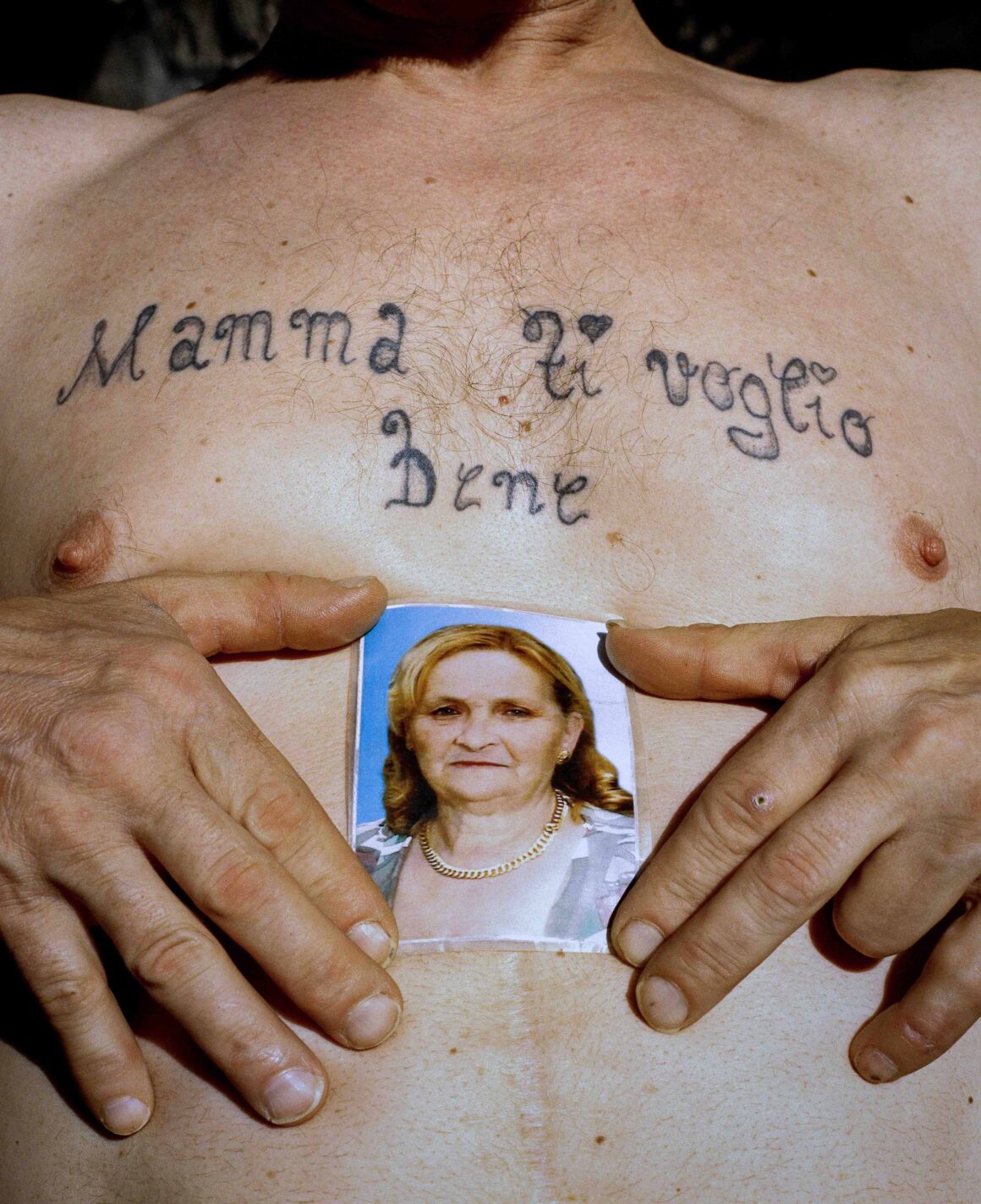
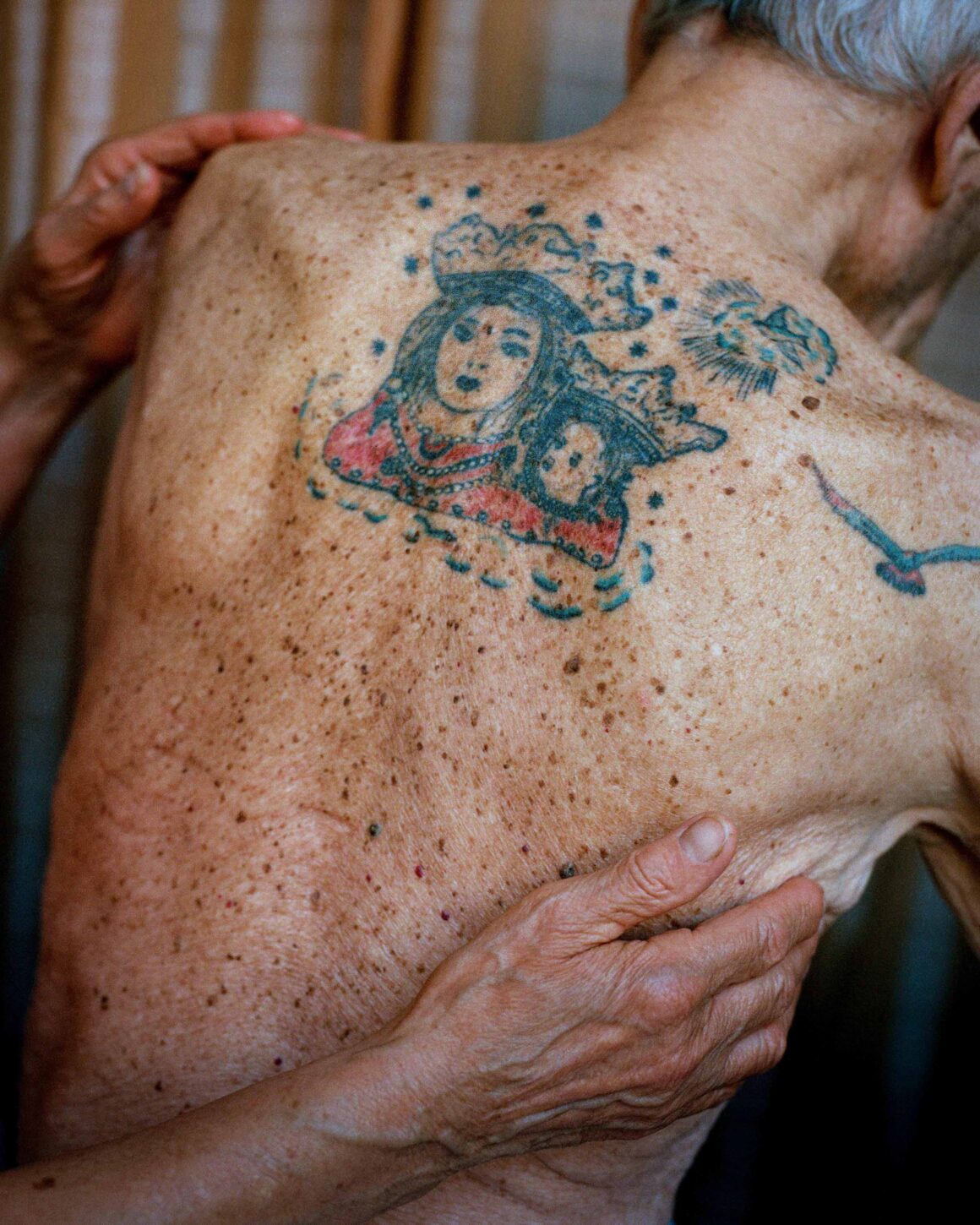
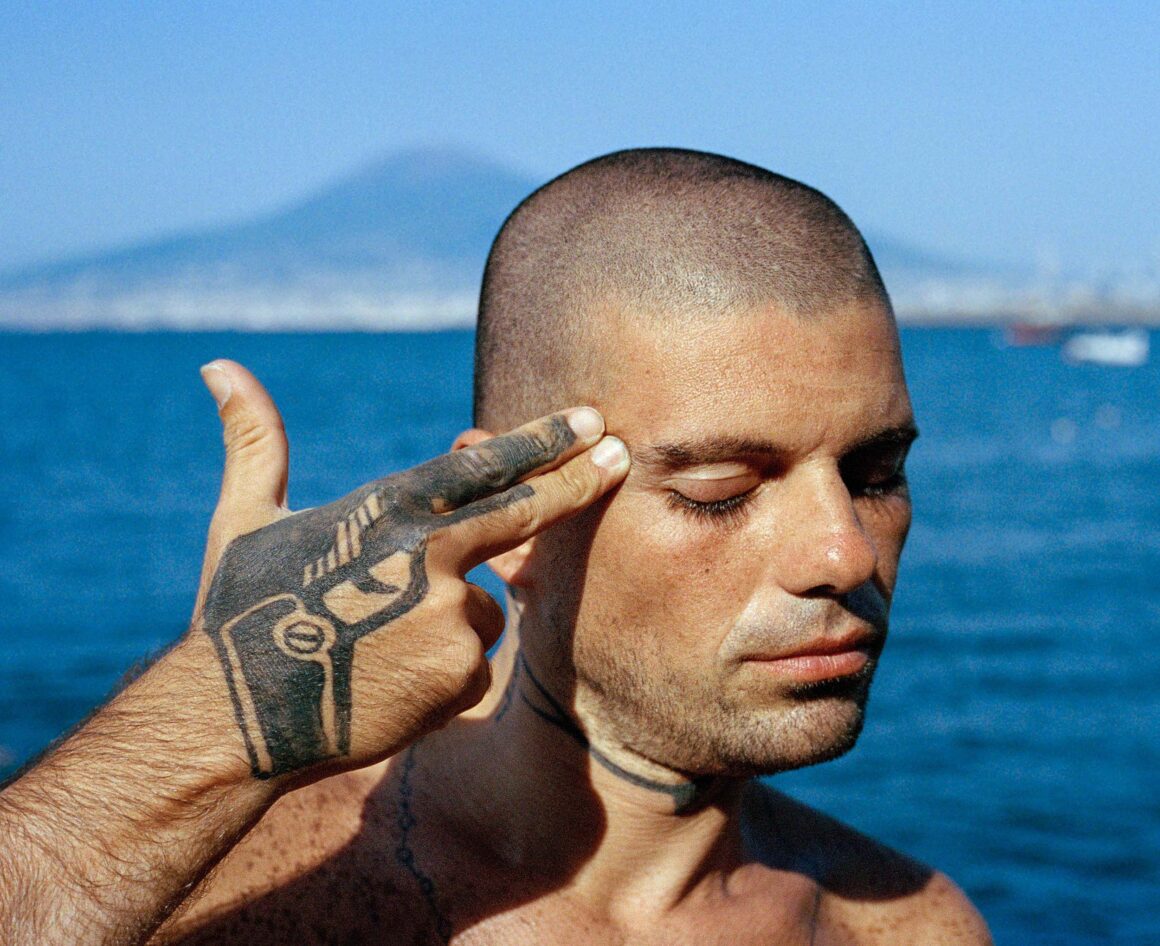
And find out more on the next issue of Tattoo Life!
